Navigating the transition from high school to adulthood is a significant milestone filled with excitement and uncertainty. Career and life planning during these formative years can provide a roadmap to a fulfilling future, helping students align their aspirations with their strengths and interests. This comprehensive guide delves into the importance of career and life planning, offering practical advice and resources to help high school students chart their course.
The Importance of Career and Life Planning
Career Planning: Setting the Foundation
Career planning is the process of identifying career goals and developing a pathway to achieve them. This involves self-assessment, exploration of career options, setting realistic goals, and acquiring the necessary skills and education. Early career planning helps students make informed decisions about their education and career paths, reducing the likelihood of future dissatisfaction and frequent career changes.
Life Planning: The Bigger Picture
Life planning goes beyond career planning to encompass personal aspirations, values, and lifestyle choices. It includes considerations such as work-life balance, personal relationships, financial stability, and overall well-being. Integrating life planning with career planning ensures that career choices align with personal values and lifestyle preferences, leading to greater overall satisfaction and success.
Why Career Planning Should Be Accompanied by Life Planning
Holistic Approach to Future Planning
Career planning, when done in isolation, can lead to a narrow focus on professional achievements without considering personal fulfillment. Life planning encourages a holistic approach, where career goals are balanced with personal life goals. This approach helps students understand that success is not only defined by professional achievements but also by personal happiness and fulfillment.
Enhanced Decision-Making
Combining career and life planning enables better decision-making by aligning career choices with personal values and long-term life goals. For instance, a student passionate about environmental sustainability might choose a career in renewable energy, aligning their professional aspirations with their personal values. Tools like CareerOneStop’s Interest Assessment and the 16Personalities test can aid in this process by helping students understand their strengths and preferences.
Work-Life Balance
Life planning emphasizes the importance of work-life balance, which is crucial for long-term health and happiness. By considering factors such as family, hobbies, and personal interests, students can choose careers that allow them to maintain a healthy balance between work and personal life. This balance is essential for preventing burnout and ensuring sustained career satisfaction.
Steps for Effective Career and Life Planning
Self-Assessment
The first step in career and life planning is self-assessment. Students should evaluate their interests, strengths, values, and personality traits. Resources like Sean Covey’s ‘The Seven Habits of Highly Effective Teens’ and Karen Harris’s ‘Life Skills for Teens’ offer valuable insights and exercises for self-discovery.
Exploration of Career Options
Students should explore various career options to understand the opportunities and challenges associated with different fields. This involves researching job roles, educational requirements, and potential career paths. Informational interviews, job shadowing, and internships can provide hands-on experience and deeper insights into various professions.
Setting SMART Goals
Setting Specific, Measurable, Achievable, Relevant, and Time-bound (SMART) goals is crucial for effective planning. Students should set short-term and long-term goals for both their career and personal life. For example, a short-term goal might be to complete a specific certification, while a long-term goal could be to achieve a leadership position in their chosen field.
Developing a Plan of Action
A well-structured plan of action includes identifying the steps needed to achieve set goals, such as pursuing relevant education, gaining work experience, and developing necessary skills. An excellent resource for this stage is Michael A. Deffina’s book “So What Comes Next?” This book offers a crucial framework for personal discovery and strategic life and career planning, specifically designed to empower the next generation to navigate transitions with confidence. Its focus on brevity and relevance makes it especially effective for teenagers, guiding them on their journey with purpose and assurance. The teen-friendly tone of the book encourages engagement and commitment to developing and following their plans.
One of the standout features of “So What Comes Next?” is its inclusion of downloadable programs that assist readers in crafting specific, personalized plans. These resources address individual needs and goals, enabling teens to create actionable steps tailored to their unique aspirations. This personalized approach enhances the effectiveness of career readiness programs by ensuring that each plan is directly relevant to the student’s personal and professional goals.
As the author of “So What Comes Next?” aptly states, “Dreaming big is the first step towards a fulfilling future, but planning smart is what turns those dreams into reality.” This sentiment underscores the importance of self-awareness and exploration in the career and life planning process. By understanding their strengths, interests, and values, teens can confidently navigate their journey with a sense of purpose and direction. Deffina emphasizes his commitment to supporting teens from the very beginning of their journey and throughout their development. He aims to equip them with insightful and practical tools tailored to their unique needs, ensuring that the guidance provided is both accessible and effective. His approach is designed to be teen-friendly and highly productive, helping young individuals to transform their aspirations into tangible achievements and well-rounded success.
Regular Review and Adjustment
Career and life planning is an ongoing process that requires regular review and adjustment. Students should periodically reassess their goals and progress, making necessary adjustments to stay aligned with their evolving interests and circumstances.
Resources and Tools
Several resources and tools can assist students in their career and life planning journey:
– CareerOneStop’s Interest Assessment: Helps students identify careers that match their interests.
– 16Personalities Test: Provides insights into personality types and suitable career paths.
– Books and Guides: Titles like ‘The Seven Habits of Highly Effective Teens,’ ‘Life Skills for Teens,’ and ‘So What Comes Next?’ offer practical advice and exercises for planning and self-improvement.
Summary
Charting a course for the future involves more than just career planning; it requires a holistic approach that integrates life planning to ensure overall satisfaction and success. By aligning career goals with personal values and aspirations, students can navigate their transition into adulthood with confidence and clarity. Utilizing available resources and tools, and adopting a proactive approach to planning, high school students can set themselves on a path to a fulfilling and balanced future.
Published by: Khy Talara







